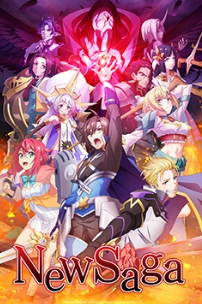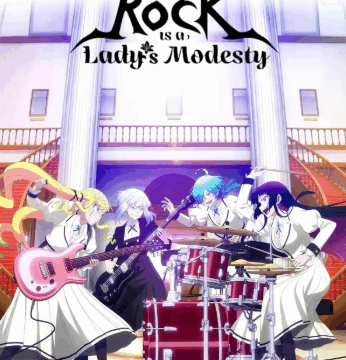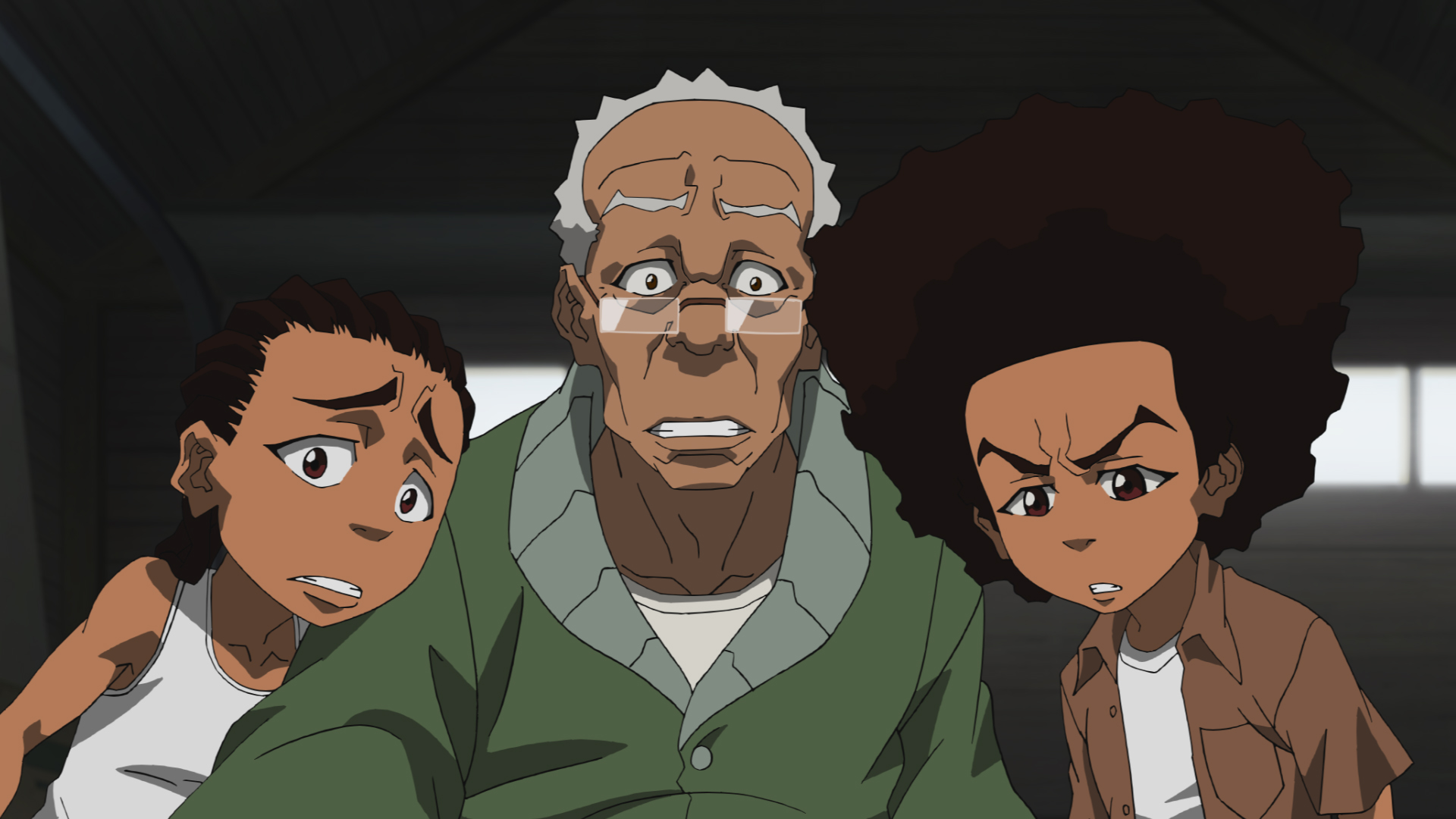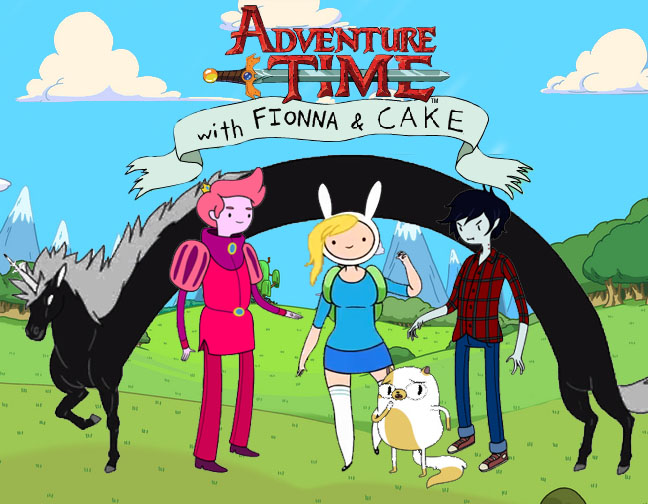English Dub Season Review: Rascal Does Not Dream of Bunny Girl Senpai Season One
Based on the Japanese light novel series written by Hajime Kamoshida and illustrated by Kēji Mizoguchi. The story follows High school student Sakuta Azusagawa (Stephen Fu) whose life takes a turn for the unexpected when he meets teenage actress Mai Sakurajima, (Erica Mendez) dressed in a Playboy-styled bunny girl outfit, wandering through a library and not being noticed by anyone else there. Mai is intrigued that Sakuta is the only one who can see her, as other people are unable to see her, even when she is dressing normally or attempting to stay away from celebrity life. Calling this phenomenon “Puberty Syndrome” As Sakuta tries to help Mai through her predicament, his actions bring him into contact with more girls afflicted with the elusive disease…
On the technical side, this anime series adaptation was animated by CloverWorks and directed by Sōichi Masui, with Kazuya Iwata as assistant director, Masahiro Yokotani handling series composition, and Satomi Tamura designing the characters. The band Fox Capture Plan composed the series’ music. Satomi Tamura also served as the chief animation director along with Akira Takata. The anime series adapts the series’ first through fifth volumes. The opening theme is “Kimi no Sei” by the Peggies. The ending theme is “Fukashigi no Karte”, with each arc using versions using most of the female Japanese voice cast under their character names.
In a nutshell, the plot of Bunny Girl Senpai revolves around the mysterious phenomenon known as “Puberty Syndrome,” a supernatural occurrence that manifests psychological struggles as tangible problems where for better or worse, thoughts and feelings can become reality. The narrative begins with Sakuta encountering Mai, who is inexplicably invisible to most people. This discovery sets the stage for Sakuta’s mission to help those affected by this syndrome, including his younger sister and other classmates. Each arc introduces a new character grappling with relatable social dilemmas in unusual ways, such as feeling figuratively (and literally) invisible, fear of rejection, or the pressure of societal expectations, the desire to make a certain day perfect, all portrayed through a psychological and supernatural lens much like how the early Seasons of Buffy the Vampire Slayer sometimes delved into similar high school issues, but not as over the top and with a lot less death…
The interactions between the main characters in Rascal Does Not Dream of Bunny Girl Senpai are a highlight of the series, offering a unique and enjoyable dynamic that sets it apart from many other shows in the genre. Sakuta Azusagawa and Mai Sakurajima are not your standard, cookie-cutter protagonists. Sakuta, with his straightforward honesty and sarcastic wit, complements Mai’s mature yet teasing nature perfectly. Their banter is sharp and fun to watch, allowing their chemistry to shine through every exchange. The series delves into their quirks, making their relationship feel authentic and engaging, ensuring viewers are continually entertained and emotionally invested.
Character development is also one of its strong points, as it provides depth to not only the main leads but also to the supporting cast. Sakuta, with his scarred past and dry humor, serves as an anchor for the series, guiding others through their emotional struggles while addressing his own. Meanwhile, Mai’s struggles with fame and visibility add layers to her character, showcasing her vulnerability beneath her confident exterior. Supporting characters like Tomoe Koga and Rio Futaba bring unique conflicts to the story, from time loops to identity crises, making the series a tapestry of diverse yet interconnected personal journeys. This focus on character-driven storytelling ensures each arc is as engaging as the last.
The animation and music in Bunny Girl Senpai complement its narrative beautifully. CloverWorks delivers clean and precise visuals, with vibrant colors and expressive character designs that enhance emotional scenes. Although not groundbreaking, the quality remains consistent, emphasizing the characters and their interactions over flashy effects. The background music is serviceable as it amplifies key moments, particularly during dramatic or heartwarming scenes, making it an integral part of the storytelling.
Overall, I’m surprised they didn’t dub this show sooner as it originally came out in 2018 making this 6 years old at the time of this review. Thankfully, the series excels in its ability to balance humor, emotional depth, and supernatural intrigue in combination with its unique dialogue, meaningful character relationships, and various high school themes setting it apart from other high school Anime shows that do extreme things here and there. While certain aspects, such as some plot resolutions, might feel simplistic, the series compensates with its heartwarming moments and the interesting ways people face their fears. And at the end of the day, we all need a Sakuta in our lives in some form or another who’s willing to help even if we don’t realize it…






















"There are also other characters that come and go (also owned by the Warner Bros. Discovery conglomerate media company)."
Huh. Is that just referring to other characters from the show itself, or is this implying that the new season is going to have cameos from other WBD IPs